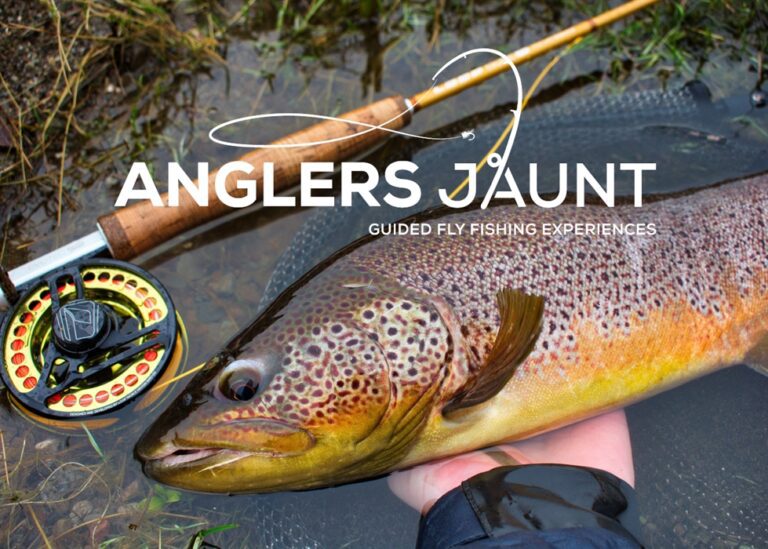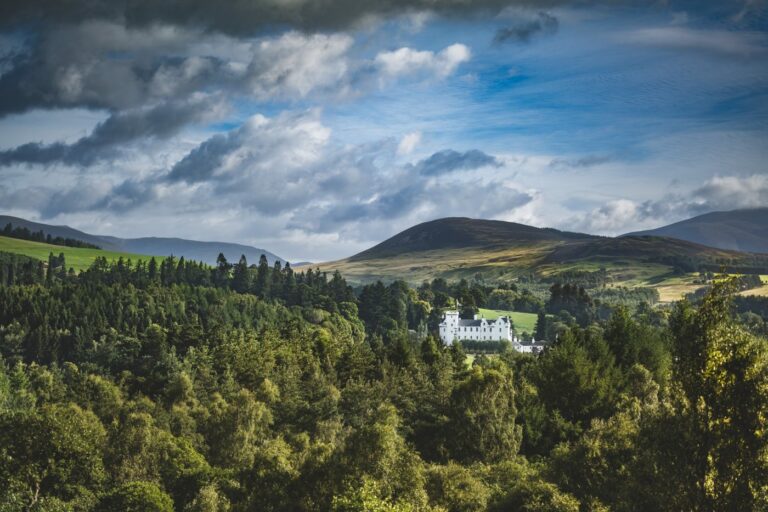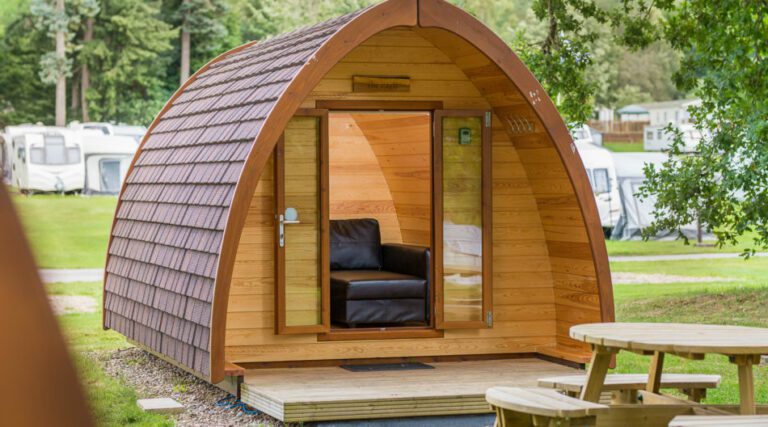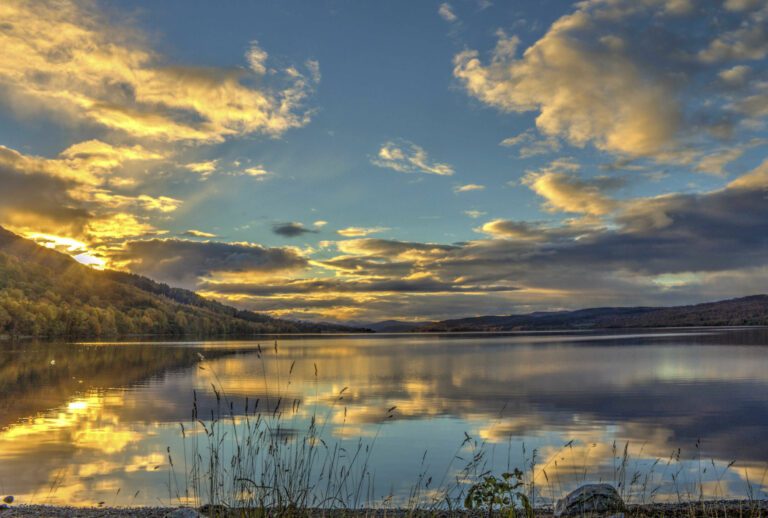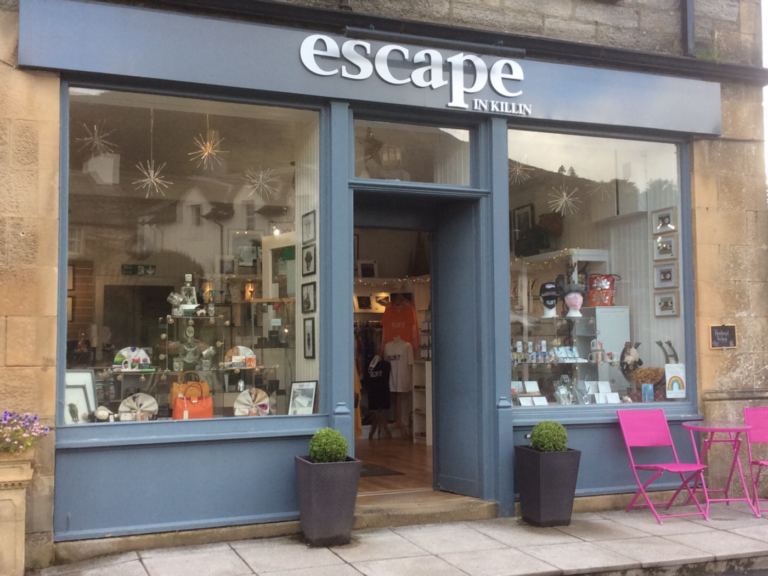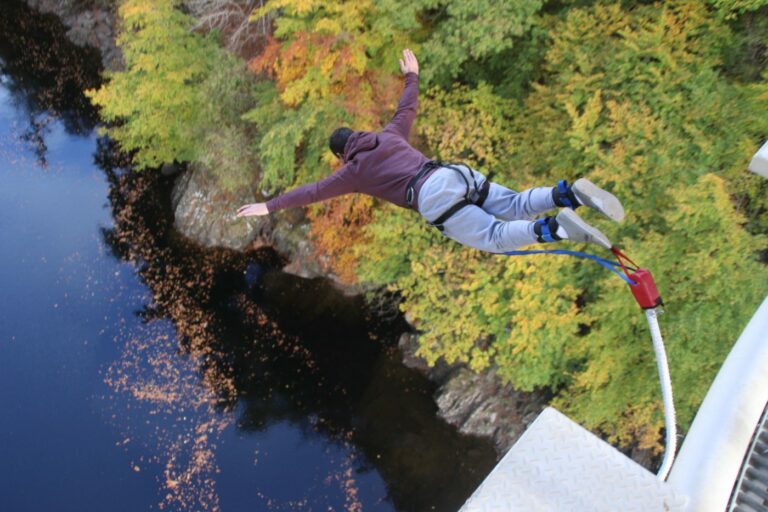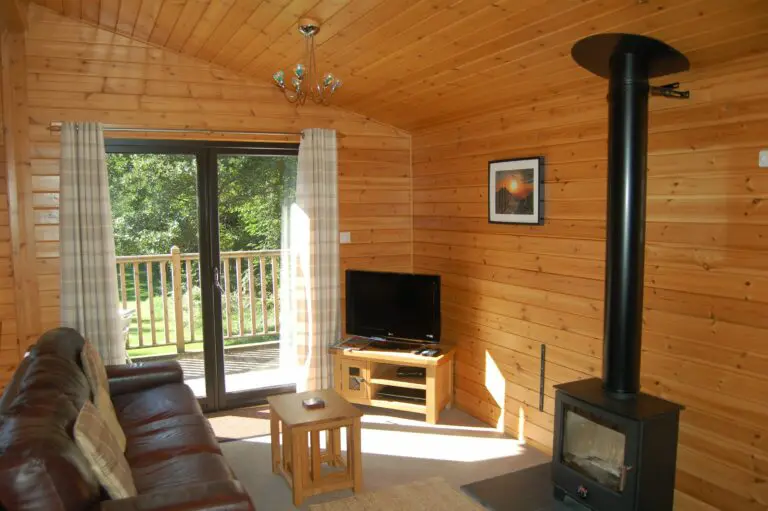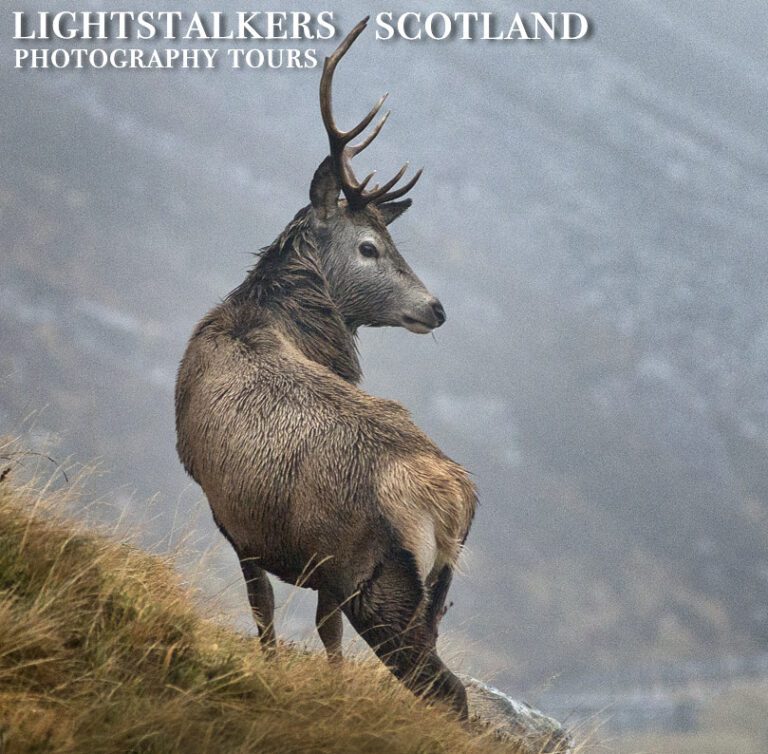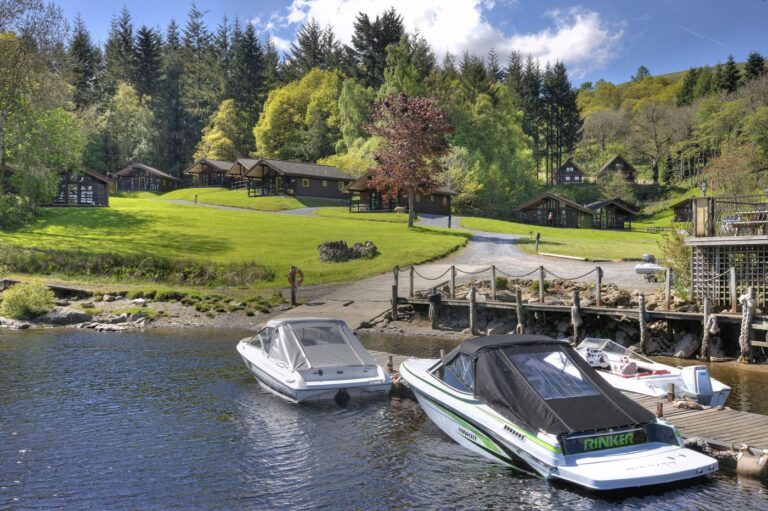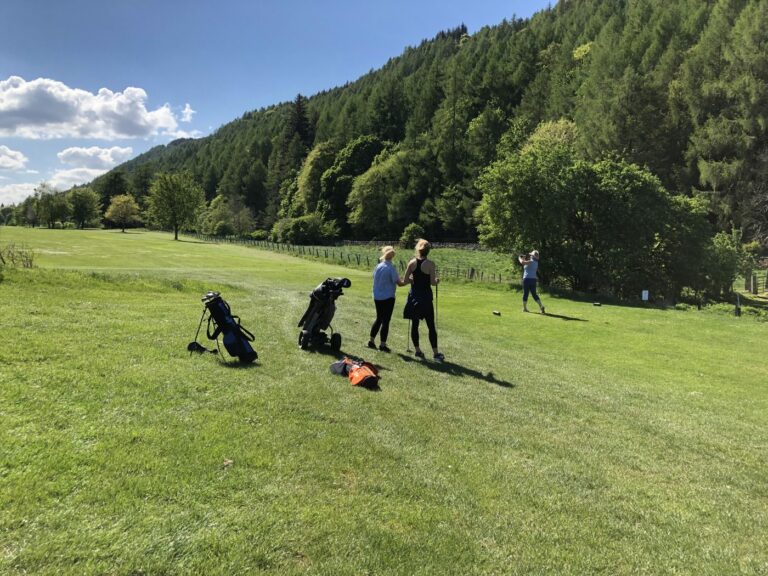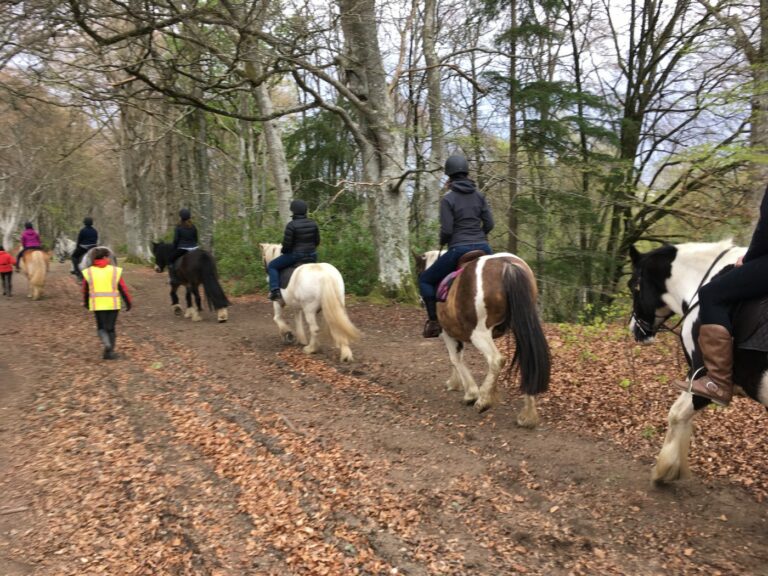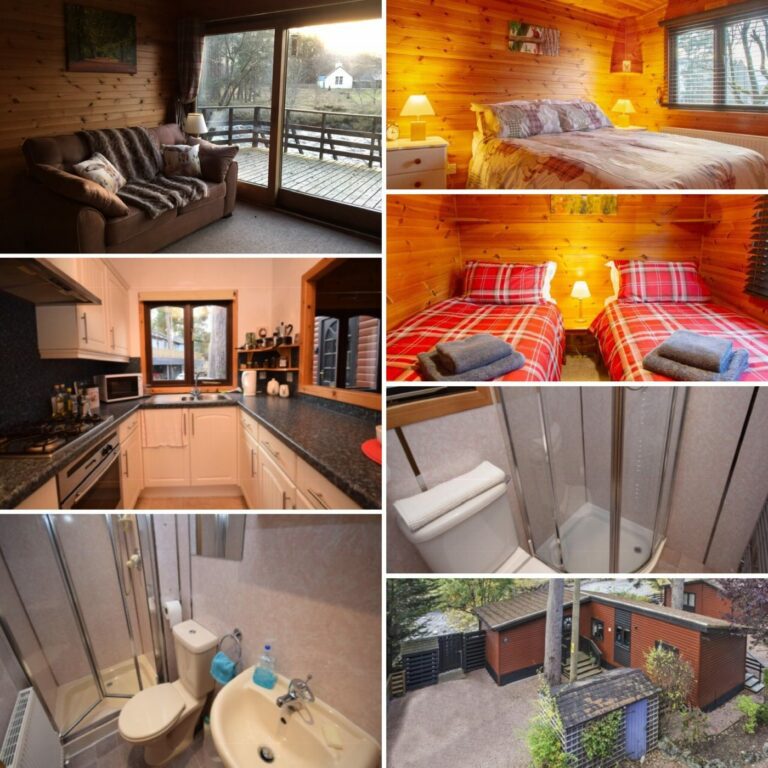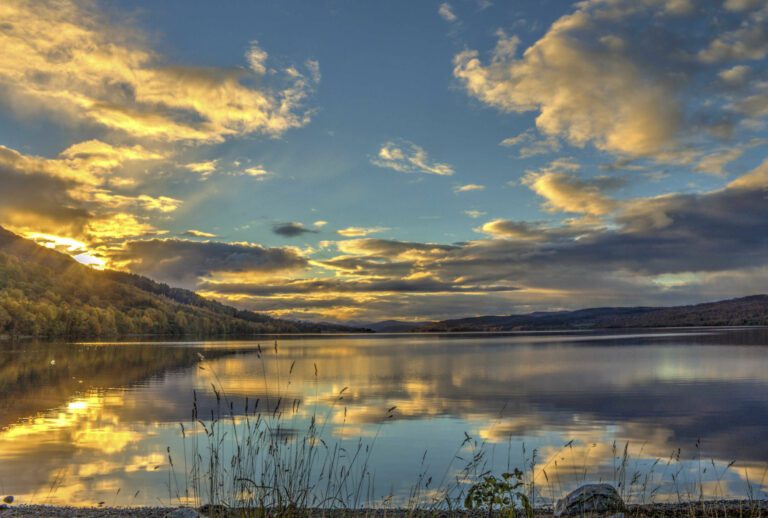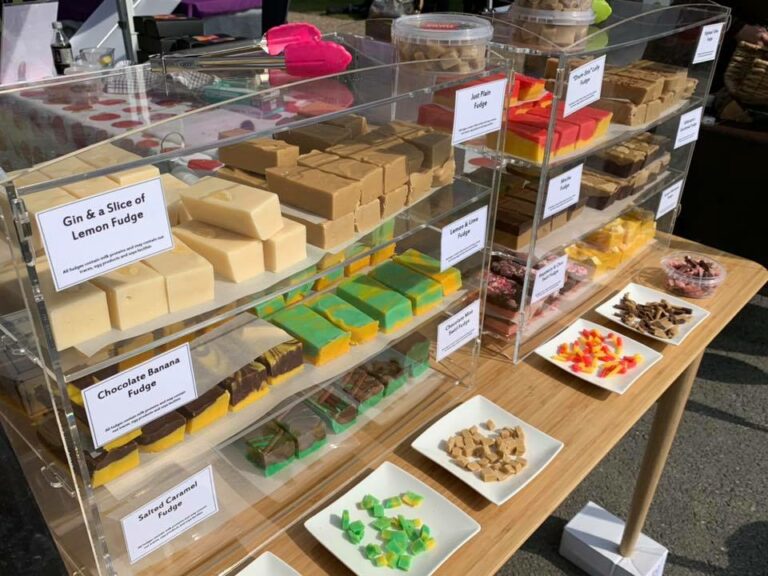Situated at the eastern end of Loch Rannoch, the village of Kinloch Rannoch is a peaceful place to spend some time enjoying the views over the loch and up to nearby Schiehallion. You might also wish to explore further up the loch and even make your way to Rannoch Station and the remote mountains beyond.
For a wee bit of peace and quiet, well away from busy main roads, a side-trip out to Kinloch Rannoch might just be what you’re looking for.
If you happen to be around at the right time, the Kinloch Rannoch Highland Games always takes place on the third Saturday in August. This traditional event is hosted by the local community and includes piping, caber tossing, a hill race and lots more.
When you’re in or around Kinloch Rannoch, your eyes are naturally drawn to the impressive conical shape of Schiehallion. This symmetrical mountain, with its Munro status due to its lofty height of 3,553 feet (1,083 metres) was the scene of an important scientific experiment as far back as 1774 when Nevil Maskelyne, the Astronomer Royal, spent 17 weeks on the slopes of Schiehallion conducting work to calculate the weight of the earth. The experiment on Schiehallion required help from a mathematician, and that drew in Charles Hutton, whose job was to measure the volume of the mountain. In order to do this, Hutton invented contour lines which are still used on maps to this day, and all these years later, the scientific community believe that Maskelyne’s estimate for the weight of the earth was actually very accurate given his rudimentary equipment of the time.
The two roads into Kinloch Rannoch from the east (B846 from Tummel Bridge and the unclassified road from near Loch Kinardochy) are both narrow and twisty, and unsuitable for large vehicles. Kinloch Rannoch and Loch Rannoch are beautiful places to visit, but please be aware that these roads require drivers to go slowly. A trip to this corner of Heart 200 is worth taking time over and savouring.
Another excursion from Kinloch Rannoch is to explore the roads around Loch Rannoch. To drive or cycle round the loch involves a journey of around 22 miles (36 kilometres). Add another 6 miles (10 kilometres) onto that and visit the remote Rannoch Station. Whilst you’re there you call in for a bite to eat and have something to drink at one of Scotland’s remotest cafes, the Rannoch Station Tea Room. Whether you arrive at the Tea Room on foot, or by bike, car, motorbike, canoe, kayak or horse, by the time you get there you will have earned your piece of cake.
Looking for accommodation around Kinloch Rannoch? Have a look at Dunalastair Estate Holiday Cottages.
Please also note that the area around Loch Rannoch has suffered from a certain amount of inappropriate and irresponsible roadside camping. If you are looking to camp in this area, please consult our guide to Camping on the Scottish Outdoor Access Code page at the foot of every page on this website.


